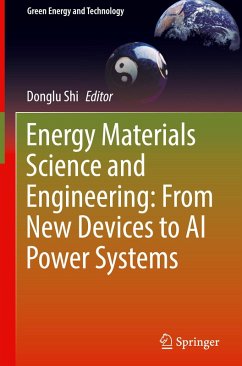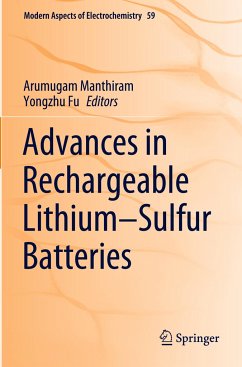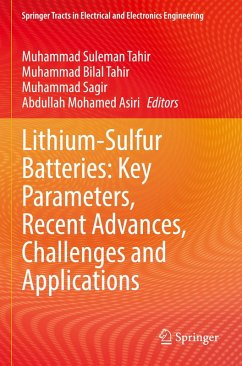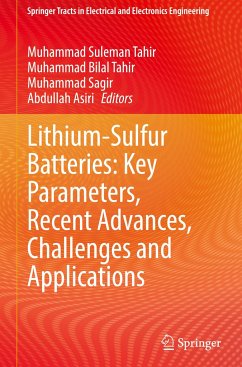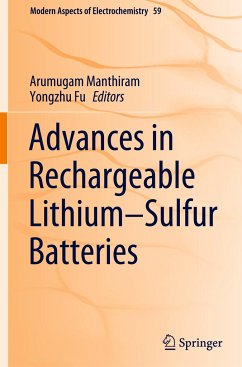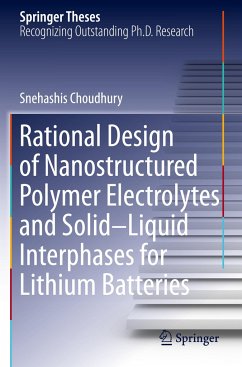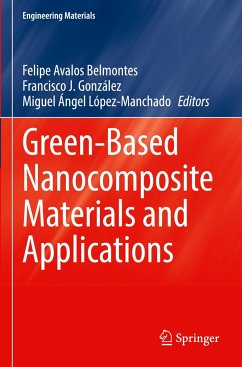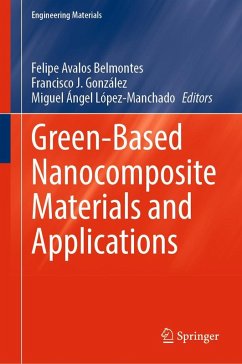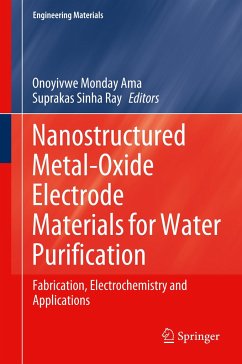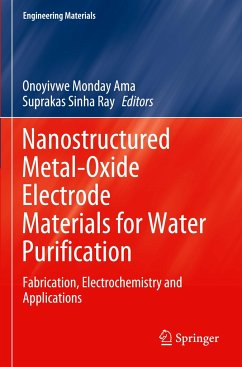
Nanostructured Materials for Lithium/Sulfur Batteries

PAYBACK Punkte
108 °P sammeln!
This book delves into the key aspects of lithium/sulfur batteries, exploring their electrochemistry, reaction mechanisms, disadvantages, and characterization methods. It highlights recent advances in designing nanostructured electrode materials, including various carbon-host materials, polymer-derived materials, binder-free sulfur-hosts, and metal oxides. The impact of these nanostructures on battery properties such as capacitance, rate capability, and cycle stability is discussed, providing guidelines for future electrode design. The book also reviews the progress in electrolytes and the deve...
This book delves into the key aspects of lithium/sulfur batteries, exploring their electrochemistry, reaction mechanisms, disadvantages, and characterization methods. It highlights recent advances in designing nanostructured electrode materials, including various carbon-host materials, polymer-derived materials, binder-free sulfur-hosts, and metal oxides. The impact of these nanostructures on battery properties such as capacitance, rate capability, and cycle stability is discussed, providing guidelines for future electrode design. The book also reviews the progress in electrolytes and the development of advanced separators, such as functionalized polyolefins, carbon-metal oxide hybrids, and electrospun materials, and presents the future outlook and challenges in this field.





